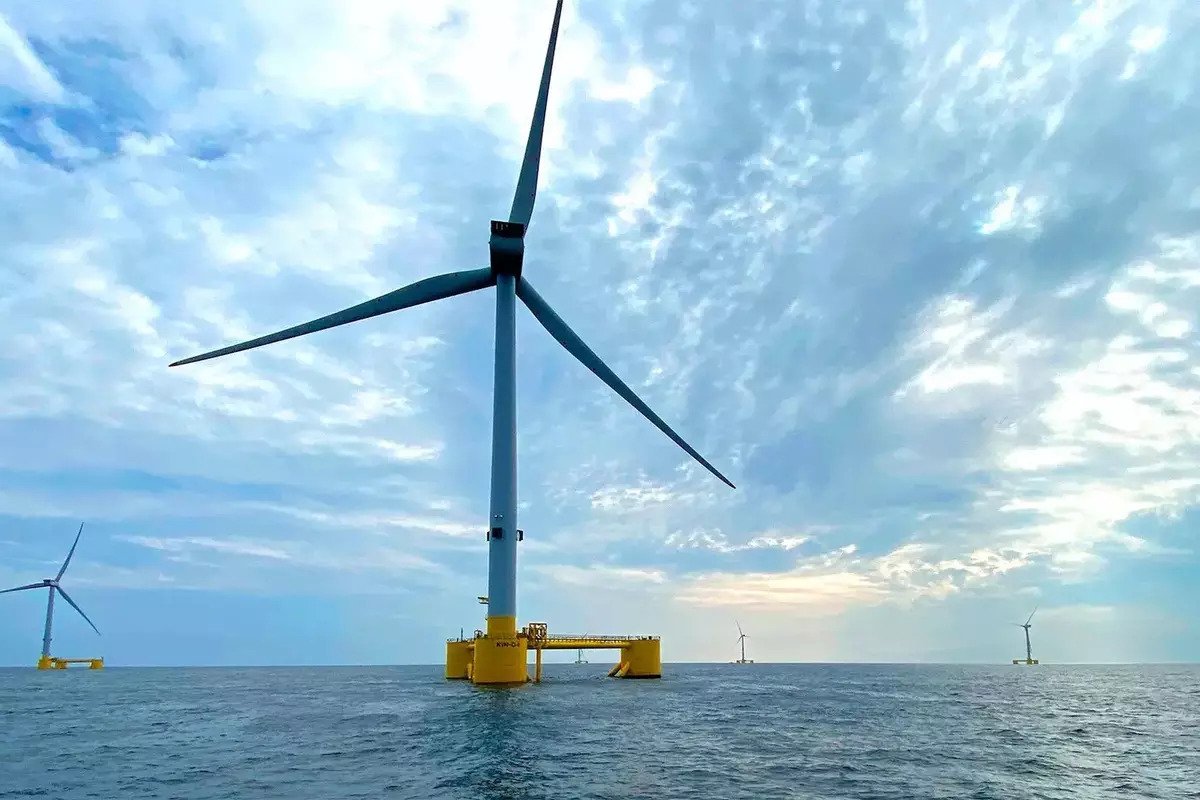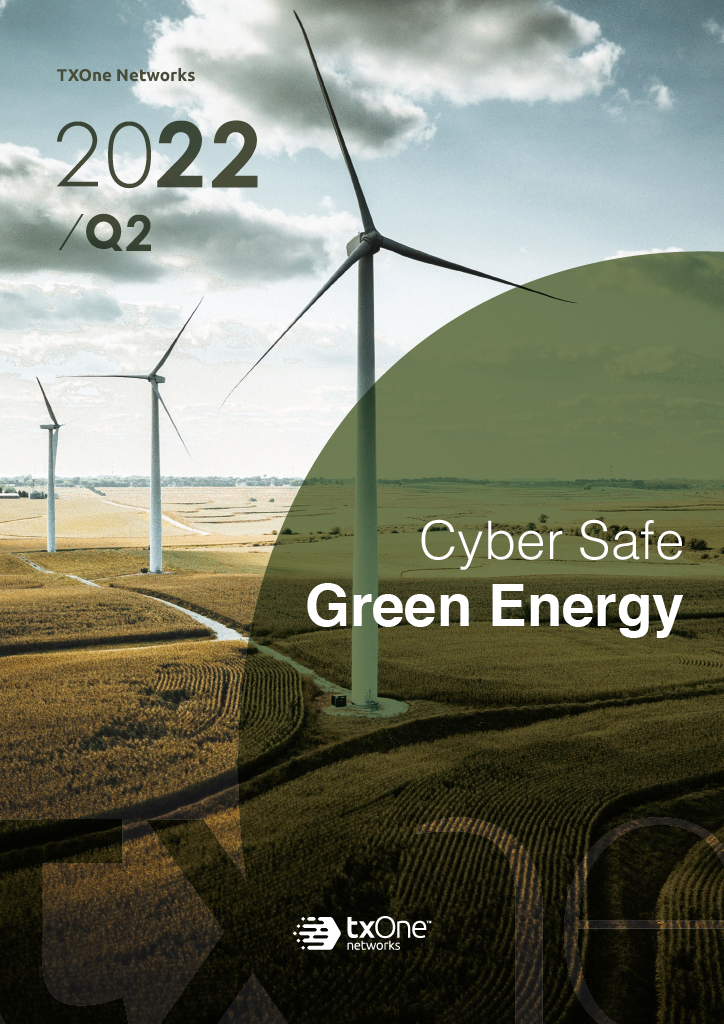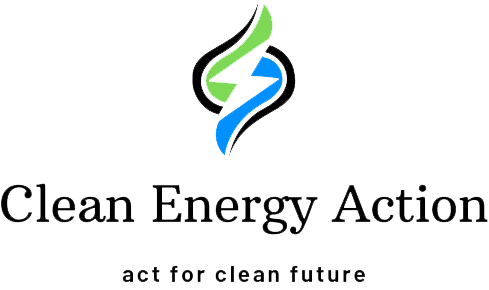
The Rise of Floating Wind Turbines in the U.S.
The wind energy source will never be the same with the advent of offshore wind turbines called “floaters.”
The U.S. Energy Department launched a contest to attract American companies into the floating wind turbine design and construction business. The event is officially named FLOWIN (an acronym for the “Floating Offshore Wind Readiness Prize”). The ultimate objective of this scrimmage is to aid in the production of around 1,000 15-megawatt floaters that could sufficiently generate clean electricity, providing power to roughly 5 million residents.
The FLOWIN competition consists of three stages.
The first stage, which will close in the middle of January 2023, is created to lure participating teams with a few ideas for commercial tech that should minimize the cost of floating wind turbines. The competition will select eight qualifying teams to receive a cash prize of around $100,000 and proceed to the second stage.

As for the second stage, the eight winning qualifiers from the previous round must formulate a pathway for mass manufacturing and assembly. Five winning teams in the second round will get about $450,000 cash prize and roughly $100,000 worth of vouchers in tech support courtesy of the Energy Department labs; they will also move to the third and final stage.
In the event’s final stage, the remaining participants will develop a few plans for manufacturing and deployment within selected regions in the country. Afterwards, three possible contest winners will receive an estimated $900,000 worth of cash prize each.
Additionally, the Biden administration seeks to address one chief hurdle in offshore wind power through this competition.
In an interview with Walter Musial, principal engineer of NREL (National Renewable Energy Laboratory within the U.S. Energy Department), it was revealed that standard wind turbines erected on foundations that extend to the seafloor with a depth of more than 200 feet have become excessively costly. According to Musial, this renewable energy hurdle could prevent wind power from being collected in approximately two-thirds of the country’s offshore regions where the turbines could neighbor key population centers.
Musial specified that chasmic maritime waters obstruct wind power generation along the West Coast and the East Coast over Cape Cod.
You may also like
Written by christopher
Choose Topic


Recent Comments